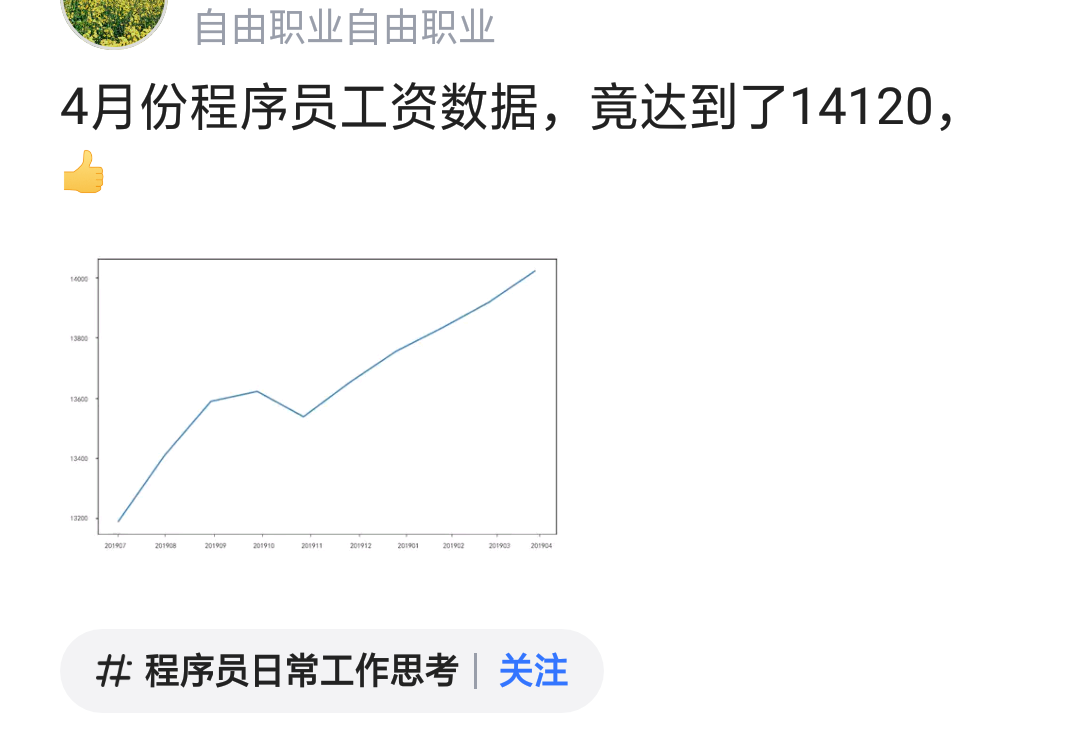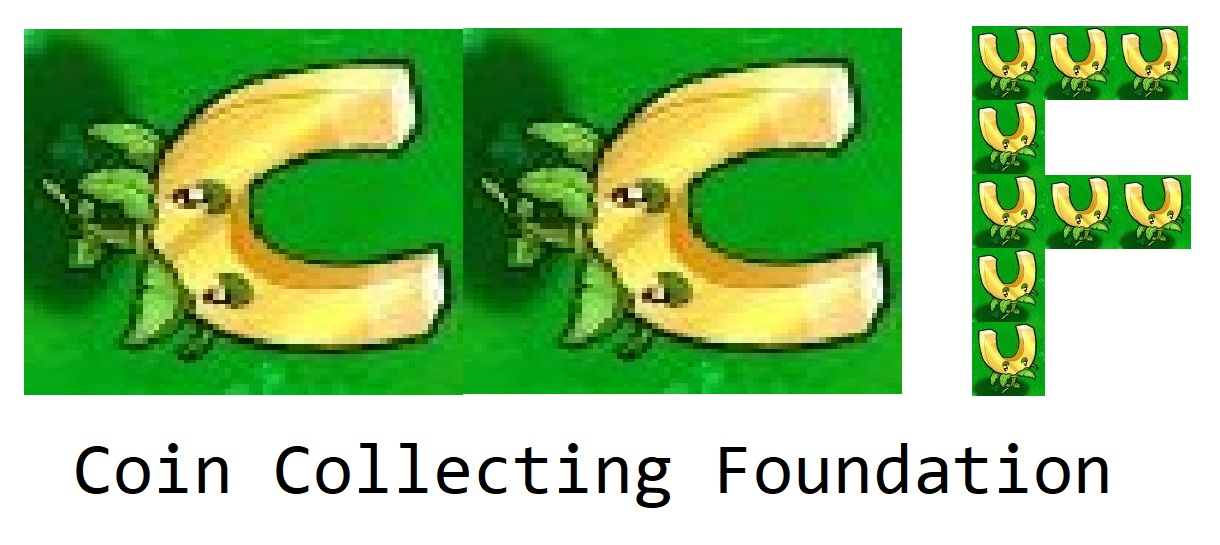可以将文章内容翻译成中文,广告屏蔽插件可能会导致该功能失效(如失效,请关闭广告屏蔽插件后再试):
问题:
Is there a way to pass an argument to a Polymer function from an element attribute inside its <template>?
<script src="http://www.polymer-project.org/1.0/samples/components/webcomponentsjs/webcomponents-lite.js"></script>
<link rel="import" href="http://www.polymer-project.org/1.0/samples/components/polymer/polymer.html" />
<dom-module id="example-element">
<template>
...
<paper-button id="foo" on-tap="bar">Click</paper-button>
...
</template>
</dom-module>
<script>
(function() {
Polymer({
is: 'example-element',
properties: {...},
bar: function(arg){
// Do stuff using argument arg
}
});
})();
</script>
Background Research
I have combed through the documentation which appears silent on the matter. It doesn't say whether you can or can not. But when I try it, it fails. But maybe I'm not doing it correctly. So I need some assistance.
The only thing I have come across is event listeners which doesn't seem to be able to take the arguments I want to pass. Say, an id or a name.
Previous Attempts
I have tried (unsuccessfully) doing things like:
<paper-button id="foo" on-tap="bar('foo')"> Click </paper-button>
but nothing seems to work.
The event listeners idea doesn't work because they limit the arguments and I can't get the, say, id I need.
回答1:
You could utilize HTML5 data attributes instead. Try like this:
<paper-button id="foo" on-tap="bar" data-args="foo,some other value,2">Click</paper-button>
...
<script>
(function() {
Polymer({
is: 'example',
properties: {...},
bar: function(e){
var args = e.target.getAttribute('data-args').split(',');
// now args = ['foo', 'some other value', '2']
}
});
})();
</script>
回答2:
After searching a lot, I found what I think is the cleanest possible solution.
If the paper-button is inside a template, e.g.
<template is="dom-repeat" items="{{allItems}}" as="item">
<paper-button on-tap="itemTapped">[[item.text]]</paper-button>
</template>
Then the properties can be accessed via "model" property in event object passed to function.
itemTapped: function(oEvent){
// oEvent.model.get is the getter for all properties of "item" in your bound array
console.log(oEvent.model.get('item.task'));
}
回答3:
Shining more light on a subtle difference mentioned in the comments above.
Notice $= must be used if reading a data binding.
<paper-button on-tap="_handleTap" data-foo="foo" data-bar$="[[bar]]">Tap</paper-button>
...
_handleTap: function(e) {
var foo = e.target.dataset.foo;
var bar = e.target.dataset.bar;
}
Inside dom-repeat, the item (or whichever name you give it) is available at e.model.item.
<template is="dom-repeat" items="[[items]]" as="someItem">
<paper-button on-tap="_handleTap">Tap</paper-button>
</template>
...
_handleTap: function(e) {
var item = e.model.someItem;
}
回答4:
Is there a way to pass an argument to a Polymer function from an attribute of an element inside its <template>.
Instead of using an event use a computed binding. Computed bindings can accept literal strings.
Checkout the working example below. In this example a button can be hidden based on the parameter that is passed.
<script src="http://www.polymer-project.org/1.0/samples/components/webcomponentsjs/webcomponents-lite.js"></script>
<link rel="import" href="http://www.polymer-project.org/1.0/samples/components/polymer/polymer.html" />
<dom-module id="example-element">
<template>
<button id="foo-one" on-tap="barEvent">Click foo-one</button>
<button id="foo-two" hidden="{{barTest('value-two')}}">Click foo-two</button>
<button id="foo-three" hidden="{{barTest('value-three')}}">Click foo-three</button>
</template>
</dom-module>
<script>
Polymer({
is: "example-element",
barEvent: function (event) {
console.log(event.target.id);
},
barTest: function (arg) {
if (arg === "value-two") {
return true;
} else {
return false;
}
}
});
</script>
<example-element></example-element>
Note: You can get the id or other attributes of an element that an event is run on through event.target. If you are only looking for other attributes as parameters this might also be a valid solution.
回答5:
After trying the solutions suggested here which none of them worked, I did a slight modification of @Amit and @Mowzer solutions I got it working like this:
<dom-module id="dial-buttons">
<template>
<div on-click="handleClick" data-args="0, num-input">
<p>0</p>
<paper-ripple></paper-ripple>
</div>
</template>
<script>
Polymer({
is: 'dial-buttons',
properties: { ... },
handleClick: function(e) {
var args = Polymer.dom(e).path[1].getAttribute('data-args').split(',');
alert(args[0] + args[1]);
}
});
</script>
</dom-module>
回答6:
Just now I got this to work:
<paper-button id="foo" on-tap="bar" data-args="baz,qux,quux">Click</paper-button>
...
<script>
(function() {
Polymer({
is: 'example',
properties: {...},
bar: function(e){
var args = e.target.dataset.args.split(','); // ['baz', 'qux', 'quux']
}
});
})();
</script>
回答7:
Possibly the most robust way to retrieve the argument is as follows:
<paper-button on-tap="_getArgs"
data-args="foo,bar,qux">Click</paper-button>
...
_getArgs: function(e) {
var args = Polymer.dom(e).rootTarget.getAttribute('data-args');
...
}
回答8:
Depending on the situation, the clean way to do this is usually using dom-repeat. If you can format your data as an array of objects, you can just use e.model to get everything.




